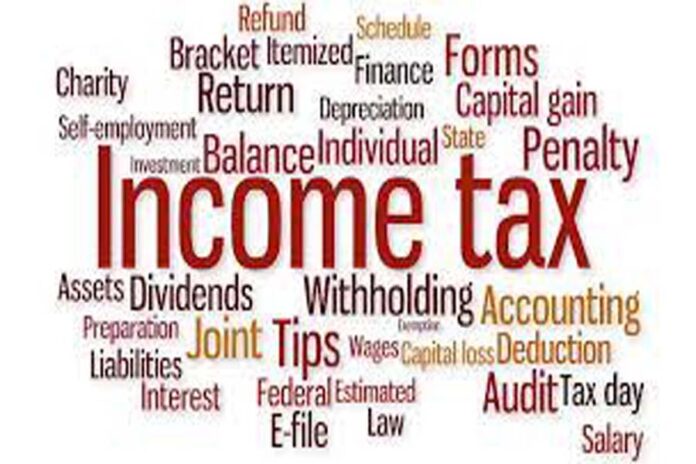The Income Tax Department has fixed July 31, 2030 as the last date for filing income tax returns. Regarding this, the Income Tax Department has released the online ITR-3 form on its official website.
Earlier, the Income Tax Department has already issued online forms for ITR-2, ITR-1 and ITR-4 for the taxpayers. Let us tell you that there are a total of 7 forms in ITR.
ITR Form 3 for whom?
ITR-3 form can be used by an individual or a Hindu Undivided Family, whose income is from ‘Profits or gains of business or profession’. Apart from this, ITR Form 3 can also be used by a person who is not eligible to file Form ITR-1 (Sahaj), ITR-2 or ITR-4 (Sugam).
Read Also- URBAN Launches Premium Calling Smartwatch, URBAN Nexus M, Exclusively on Amazon
How to do ITR-3 form?
You can file ITR Form 3 in three ways:
- In the first method, you can file this form electronically under digital signature.
- Alternatively, you can file this form by providing the data in ITR-3 form electronically under the electronic verification code.
- Alternatively, you can file by electronically transmitting the data in Form ITR-3, submitting the return verification in Form ITR-V to the Income Tax Office through mail.
Penalty will be imposed for being late
It is mandatory for all taxpayers to file ITR by 31 July 2023 for FY 23. If you are unable to file ITR by this date, then you can pay a fine ranging from Rs 1000 to Rs 5000.
Who gives Form 16?
You must have Form 16 to file ITR. Therefore, if you have not yet taken Form 16, then immediately take the form from the unpay company.
Read Also-Zoop Launches Google Chatbot for Seamless Food Delivery on Trains
Form 16 will be given to you by the company in which you work. There are two parts to this form. Part A and Part B. Part A contains the total tax deducted by the employer, while Part B contains the gross salary and other allowances paid to the employee during the financial year.

